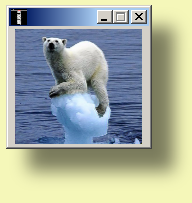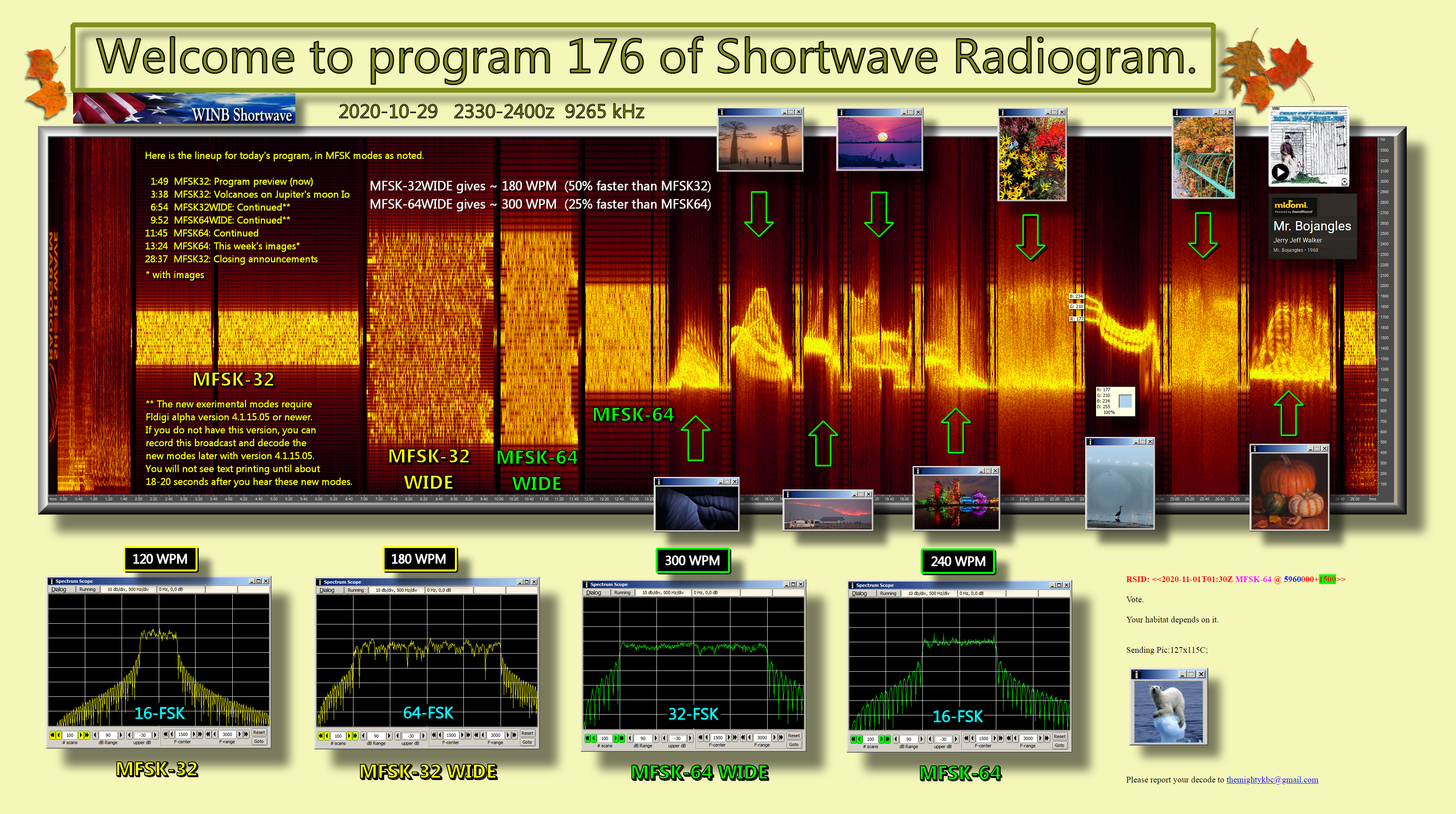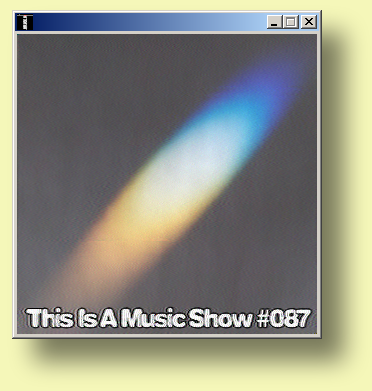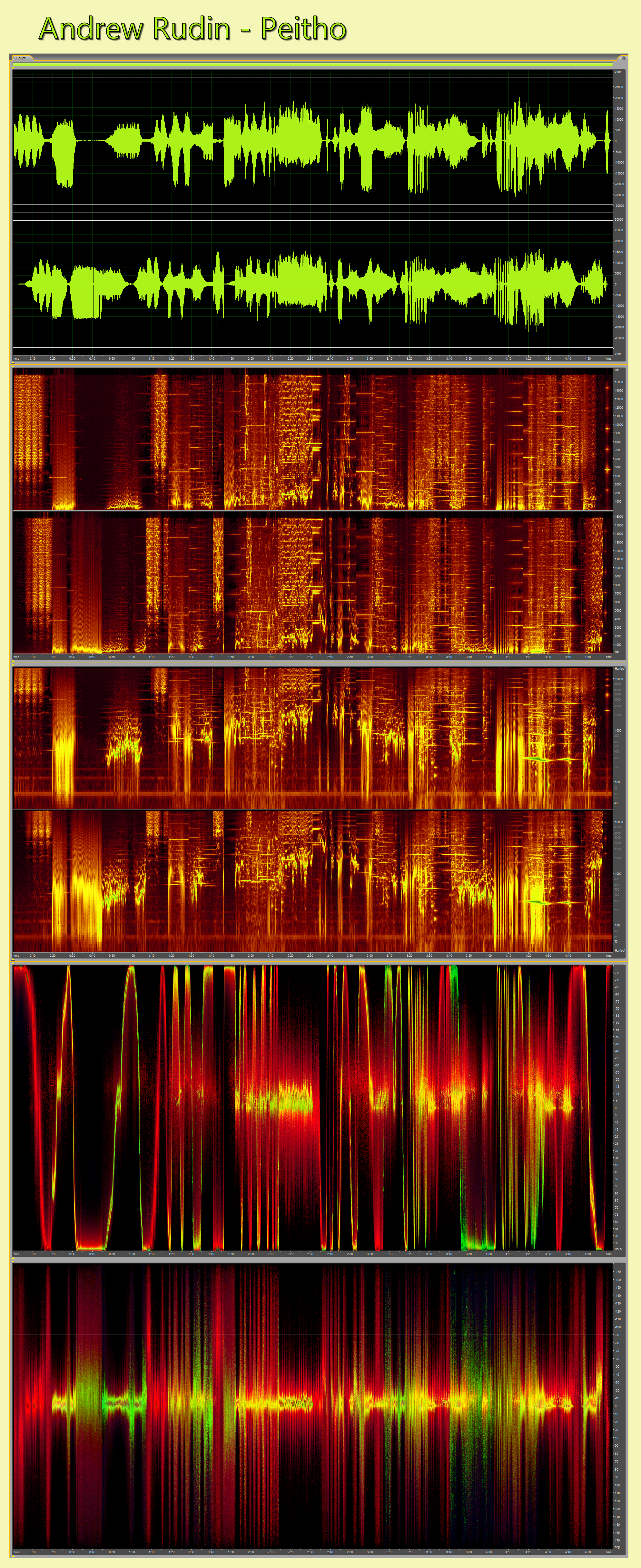http://www.rhci-online.net/radiogram/radiogram.htm
RSID: <<2020-11-01T01:30Z MFSK-64 @ 5960000+1500>>
Vote.
Your habitat depends on it.
Sending Pic:127x115C;

Please report your decode to
themightykbc@gmail.com

http://www.rhci-online.net/radiogram/radiogram.htm
RSID: <<2020-11-01T01:30Z MFSK-64 @ 5960000+1500>>
Vote.
Your habitat depends on it.
Sending Pic:127x115C;

Please report your decode to
themightykbc@gmail.com

RSID: <<2020-10-29T23:31Z MFSK-32 @ 9265000+1500>>
Welcome to program 176 of Shortwave Radiogram.
I'm Kim Andrew Elliott in Arlington, Virginia USA.
Here is the lineup for today's program, in MFSK modes as noted.
1:49 MFSK32: Program preview (now)
3:38 MFSK32: Volcanoes on Jupiter's moon Io
6:54 MFSK32WIDE: Continued**
9:52 MFSK64WIDE: Continued**
11:45 MFSK64: Continued
13:24 MFSK64: This week's images*
28:37 MFSK32: Closing announcements
* with images
** The new exerimental modes require Fldigi alpha version
4.1.15.05 or newer. If you do not have this version, you can
record this broadcast and decode the new modes later with version
4.1.15.05.
You will not see text printing until about 18-20 seconds after
you hear these new modes.
For more information about this experiment see:
https://swradiogram.net/post/633267767578083328/experiments-with-mfsk-wide-modes
Please send reception reports to
radiogram@verizon.net
And visit http://swradiogram.net
Twitter:
@SWRadiogram
RSID: <<2020-10-29T23:33Z
MFSK-32 @
9265000+1500>>
From Futurity.org
Volcanoes feed the atmosphere on Jupiter's moon Io
Posted by Robert Sanders - UC Berkeley
October 27th, 2020
The atmosphere on Jupiter's moon Io is a witches' brew, composed
primarily of the sulfurous exhalations of more than 400 volcanoes
that dot the surface. A new study clarifies how it got that way.
Until now, it was unclear whether volcanoes spewing hot sulfur
dioxide (SO2) are the main contributors to the atmosphere, or
whether the main component is the accumulated cold SO2, much of
which is frozen on the surface but in sunlight evaporates or
sublimates into the atmosphere.
"It was not known which process drives the dynamics in Io's
atmosphere," says Imke de Pater, a professor of the graduate
school in the departments of astronomy and of earth and planetary
science at the University of California, Berkeley. "Is it
volcanic activity, or gas that sublimates from the icy surface
when Io is in sunlight? What we show is that, actually, volcanoes
do have a large impact on the atmosphere."
As the most volcanically active moon in our solar system, Io
("EYE oh") provides a laboratory for exotic environments unlike
anything on Earth. And since we're unable to probe inside Io, the
atmosphere—about a billion times thinner than Earth's
atmosphere—provides a window into the moon's roiling interior and
the internal magma reservoirs feeding the volcanoes.
With no nearby satellite currently observing the moon—NASA's Juno
mission focuses primarily on Jupiter and will end next
July—astronomers like de Pater must rely on Earth-based
telescopes to probe the atmosphere. She has observed Io's
atmosphere for 30 years with radio telescopes like the Atacama
Large Millimeter/submillimeter Array (ALMA) in Chile, and optical
and infrared telescopes, primarily the Keck telescopes in Hawaii.
One surprise from the new observations is that the atmosphere
becomes dramatically unstable when Io passes through Jupiter's
shadow every 42 hours as it orbits the planet.
Changing to MFSK32 Wide ...
RSID: <<2020-10-29T23:37Z
MFSK-32WIDE @
9265000+1500>>
This is Shortwave Radiogram in MFSK32 Wide ...
Stealth volcanoes on Io
In a paper accepted for publication in the Planetary Science
Journal, de Pater and colleagues report that the radio emissions
from sulfur dioxide (SO2) gas dropped exponentially as Io was
eclipsed by Jupiter on March 20, 2018, indicating that the lower
atmosphere—below 10 to 20 kilometers (6.2 to 12.4 miles) in
altitude—essentially collapsed, quickly freezing out onto the
surface.
Although Io's surface is always cold—about 150 degrees Celsius
below freezing, or -230 F—a further drop in temperature by a few
tens of degrees, down to -270 F, brings the temperature below the
freezing point of SO2.
As the moon re-emerged from Jupiter's shadow during observations
on September 2 and 11 in 2018, the cold sulfur dioxide emissions
returned within about 10 minutes.
"As soon as Io gets into sunlight, the temperature increases, and
you get all this SO2 ice subliming into gas, and you reform the
atmosphere in about 10 minutes' time, faster than what models had
predicted," de Pater says.
She notes that not all the cold SO2 froze out as the temperature
dropped in Jupiter's shadow. During the eclipse, in addition to
abundant SO2 gas over some volcanoes, ALMA also detected low
levels of SO2 globally in Io's atmosphere, suggesting that many
unseen volcanoes—so-called stealth volcanoes, because they emit
no smoke or other particulates that can be easily seen—are
constantly spewing SO2 into the atmosphere that remains too warm
to condense.
There were also hints of stealth volcanism in observations de
Pater and her colleagues reported in July, based on Keck
observations. They saw widespread sulfur monoxide (SO) gas in the
atmosphere—not, as expected, only over active volcanoes. As de
Pater shows in her new paper, the SO as seen with ALMA is likely
produced when sunlight breaks the sulfur-oxygen bond in SO2 that
has been ejected hundreds of kilometers above the surface.
"The SO2 that we see with ALMA when Io is in eclipse is at a very
low level, and we can't say if that is stealth volcanism or
caused by SO2 not completely condensing out," she says. "But
then, when we looked at the SO with Keck, we can only explain the
SO emissions, which are widespread on the surface, through this
stealth volcanism, because excitation of the SO requires a very
high temperature."
Changing to MFSK64 Wide ...
RSID: <<2020-10-29T23:40Z
MFSK-64WIDE @
9265000+1500>>
This is Shortwave Radiogram in MFSK64 Wide ...
Io's true colors
With such a thin atmosphere, Io is exposed to the cold of space,
as well as to the hot plasma around Jupiter. The tidal tug that
Jupiter and two of its largest moons, Ganymede and Europa, exert
on Io heats the moon's interior, creating the volcanoes that
bathe the surface in hot sulfur dioxide fumes. Io's largest
volcano, Loki Patera, spans more than 200 kilometers (124 miles).
The volcanic SO2 eventually condenses on the surface to form a
thick frozen layer of sulfur dioxide ice, recently mapped
globally by de Pater and her colleagues. This frozen SO2, often
overlain by a layer of volcanic dust, is what gives Io its
characteristic yellow, white, orange, and red colors.
Though the dominance of SO2 in Io's atmosphere was well known—de
Pater was a member of the first team to observe global SO2 in
1990—it was still unclear whether recently emitted hot SO2 or
sublimation from the accumulated SO2 ice (referred to as cold
SO2) dominated the atmosphere.
To disentangle the contributions of hot and cold SO2, de Pater
and colleagues, including Statia Luszcz-Cook from Columbia
University in New York and Katherine de Kleer of California
Institute of Technology, chose to observe Io during its
transition from sunlight into darkness during an eclipse and
again when it re-emerged into the light from eclipse. Because of
the alignment of Io and Earth relative to Jupiter, it's
impossible to observe both entry and exit of Jupiter's moon from
the same eclipse, so the two observations took place six months
apart.
"When Io passes into Jupiter's shadow, and is out of direct
sunlight, it is too cold for sulfur dioxide gas, and it condenses
onto Io's surface. During that time, we can only see
volcanically-sourced sulfur dioxide. We can, therefore, see
exactly how much of the atmosphere is impacted by volcanic
activity," Luszcz-Cook says.
Table salt in magma
Thanks to ALMA's exquisite resolution and sensitivity, the
astronomers could, for the first time, clearly see the plumes of
SO2 and SO rise up from the volcanoes, two of which—Karei Patera
and Daedalus Patera—were erupting in March, while a third volcano
was active in September. Based on the snapshots, they calculated
that active volcanoes directly produce 30% to 50% of Io's
atmosphere.
Changing to MFSK64 ...
RSID: <<2020-10-29T23:41Z
MFSK-54 @
9265000+1500>>
This is Shortwave Radiogram in MFSK64 ...
The ALMA images also showed a third gas coming out of volcanoes:
potassium chloride (KCl). Both KCl and sodium chloride—NaCl, or
common table salt—are common components of magma.
"We see KCl in volcanic regions where we do not see SO2 or SO,"
says Luszcz-Cook. "This is strong evidence that the magma
reservoirs are different under different volcanoes."
"By studying Io's atmosphere and volcanic activity, we can
understand more about the volcanoes, the tidal heating process,
and Io's interior," de Kleer says.
De Pater and colleagues also hope to observe Io at other radio
wavelengths that can probe several inches below the surface,
potentially revealing the content and temperature of the magma
underlying the volcanoes.
A big unknown remains the temperature in Io's lower atmosphere.
In future research, the astronomers hope to measure this with
ALMA.
"To measure the temperature of Io's atmosphere, we need to obtain
a higher resolution in our observations, which requires that we
observe the moon for a longer period of time. We can only do this
when Io is in sunlight, since it does not spend much time in
eclipse," says de Pater.
"During such an observation, Io will rotate by tens of degrees.
We will need to apply software that helps us make unsmeared
images. We have done this previously with radio images of Jupiter
made with ALMA and the Very Large Array."
Additional coauthors are from the Universidad de Chile in
Santiago; the NASA Ames Research Center in Moffett Field,
California; and UC Berkeley. The National Science Foundation
funded the work. The National Radio Astronomy Observatory is a
facility of the National Science Foundation, operated under
cooperative agreement by Associated Universities Inc.
Source: UC Berkeley
https://www.futurity.org/jupiter-io-atmosphere-volcanoes-2461172-2/
This is Shortwave Radiogram in MFSK64.
Please send your reception report to
radiogram@verizon.net
This week's images ...
"Convergence in the Dark," central Utah, from the Epson
competition. From
https://bit.ly/2JgNNr8 ...
Sending Pic:204x108C;

"Baobab Alley," Madagascar, from the Epson competition. From
https://bit.ly/2Tz063T ...
Sending Pic:206x132C;

The East Troublesome Fire near Granby, Colorado. From
https://fxn.ws/3msJKpK ...
Sending Pic:216x75C;

The Ting Kau Bridge, Hong Kong, at sunset. From
https://bit.ly/3kI0kl9 ...
Sending Pic:206x129C;

The former Phoenix West blast furnace in Dortmund, Germany, is
illuminated by the artist Thorsten Pfister. From
https://bit.ly/34AMdZl ...
Sending Pic:208x133C;

Autumn flowers in Hamilton, Scotland. From
https://bbc.in/31UINyJ
...
Sending Pic:163x204C;

Morning fog at Francis Scott Key Bridge in Washington DC, October
21. From https://wapo.st/2JiYwRR ...
Sending Pic:164x202C;

Fall colors in Georgetown, Washington DC, October 21. From
https://bit.ly/2J7cu9d ...
Sending Pic:148x198C;

Our painting of the week is a still life of pumpkins by Wang
Youqing. From
https://bit.ly/35FiNZk ...
Sending Pic:189x188C;

Shortwave Radiogram returns of MFSK32 ...
RSID: <<2020-10-29T23:58Z
MFSK-32 @
9265000+1500>>
This is Shortwave Radiogram in MFSK32 ...
Shortwave Radiogram is transmitted by:
WRMI, Radio Miami International, wrmi.net
and
WINB Shortwave, winb.com
Please send reception reports to
radiogram@verizon.net
And visit http://swradiogram.net
Twitter:
@SWRadiogram or
twitter.com/swradiogram
I'm Kim Elliott. Please join us for the next Shortwave
Radiogram.
|
Ending music: https://www.midomi.com/Track?trackID=100269167291000486&song=mr.-bojangles Jerry Jeff Walker - Mr. Bojangles (Mr. Bojangles • 1968) Jerry Jeff Walker (born Ronald Clyde Crosby; March 16, 1942 – October 23, 2020) https://en.wikipedia.org/wiki/Jerry_Jeff_Walker
|
http://www.w1hkj.com/modes/mfsk.htm
|
Mode |
Symbol Rate |
Typing Speed1 |
Duty Cycle2 |
Modulation |
Bandwidth3 |
ITU Designation4 |
|
MFSK4 |
3.906 |
18 wpm |
100% |
32-FSK |
154 Hz |
154HF1B |
|
MFSK85 |
7.8125 baud |
36 wpm |
100% |
32-FSK |
316 Hz |
316HF1B |
|
MFSK11 |
10.767 baud |
40 wpm |
100% |
16-FSK |
218 Hz |
218HF1B |
|
MFSK16 |
15.625 baud |
58 wpm |
100% |
16-FSK |
316 Hz |
316HF1B |
|
MFSK22 |
21.533 baud |
80 wpm |
100% |
16-FSK |
435 Hz |
435HF1B |
|
MFSK31 |
31.250 baud |
55 wpm |
100% |
8-FSK |
330 Hz |
330HF1B |
|
MFSK32 |
31.250 baud |
120 wpm |
100% |
16-FSK |
630 Hz |
630HF1B |
|
MFSK64 |
62.500 baud |
240 wpm |
100% |
16-FSK |
1260 Hz |
1260HF1B |
|
MFSK Image |
1000 px/sec |
128x128 B&W 16 sec |
100% |
Analog FSK |
316 Hz |
316HF1C |
https://swradiogram.net/post/633267767578083328/experiments-with-mfsk-wide-modes
On the shortwave broadcast
transmissions of Shortwave Radiogram, we have at least 2000 Hz of bandwidth
per sideband. For the past few years I have wondered if we could use that
extra bandwidth to add redundancy to our usual MFSK32 and MFSK64 modes,
thereby increasing performance in challenging reception conditions, especially
fades.
John Phelps KL4YFD of the Fldigi team has developed the experimental modes
MFSK32WIDE and MFSK64WIDE to test this concept. We will try these modes this
weekend (29 October-1 November) on Shortwave Radiogram.
If you want to decode these new modes, you must download and install Fldigi
alpha version 4.1.15.05 or later from
http://www.w1hkj.com/alpha/fldigi/
(If you have trouble running the Fldigi setup [installation] file, try to add
an exclusion in the Windows 10 security settings: Settings > Update & Security
> Windows Security > Virus & Threat Protection > Virus & threat protection
settings (manage settings) > Exclusions > Add or remove an exclusion > Add an
exclusion > File)
When you decode the MFSK Wide modes, there will be a delay of about 18-20
seconds from the time your hear the mode and the time the text begins printing
out in the Fldigi receive pane.
“Studio” audio of this weekend’s experiment is here, if you want to try it
before the broadcasts:
https://swradiogram.net/post/633261475902947329/this-9-minute-25-second-mp3-file-includes-a-news
The MFSK Wide modes are designed primarily to increase redundancy, but they also
add some speed …
MFSK-32WIDE gives ~ 180 WPM (50% faster than MFSK32)
MFSK-64WIDE gives ~ 300 WPM (25% faster than MFSK64)
Additional information about the MFSK Wide modes is here:
https://sites.google.com/site/kl4yfd/home/mfskwide
The MFSK Wide modes replace the “long” MFSK32L and MFSK64L modes, which we have
not used recently on VOA Radiogram or Shortwave Radiogram.
Our tests of the MFSK Wide modes will be most interesting in challenging
reception conditions. The results we experience will help Dave W1HKJ and the
Fldigi team determine if these new modes will be permanently added to the Fldigi
suite.
http://www.w1hkj.com/FldigiHelp/mode_table_page.html#mfsk_table
|
Mode |
Baud |
WPM |
BW (Hz) |
Modulation |
S/N |
ITU |
RSID-1 |
RSID-2 |
|---|---|---|---|---|---|---|---|---|
|
MFSK-4 |
3.9 |
18 |
154 |
32-FSK |
|
154HF1B |
|
|
|
MFSK-8 |
7.8 |
36 |
316 |
32-FSK |
|
316HF1B |
60 |
|
|
MFSK-11 |
10.8 |
40 |
218 |
16-FSK |
|
218HF1B |
148 |
|
|
MFSK-16 |
15.6 |
58 |
316 |
16-FSK |
|
316HF1B |
57 |
|
|
MFSK-22 |
21.5 |
80 |
435 |
16-FSK |
|
435HF1B |
152 |
|
|
MFSK-31 |
31.3 |
55 |
330 |
8-FSK |
|
330HF1B |
|
|
|
MFSK-32 |
31.3 |
120 |
630 |
16-FSK |
|
630HF1B |
147 |
|
|
MFSK-64 |
63 |
240 |
1260 |
16-FSK |
|
1260HF1B |
263 |
30 |
|
MFSK-128 |
125 |
480 |
1920 |
|
|
1920HF1B |
263 |
31 |
|
MFSK-64L |
63 |
240 |
1260 |
16-FSK |
|
1260HF1B |
263 |
30 |
|
MFSK-128L |
125 |
480 |
1920 |
|
|
1920HF1B |
263 |
31 |
|
MFSK-32 WIDE |
32 |
180 |
1920 |
64-FSK |
|
|
|
|
|
MFSK-64 WIDE |
64 |
300 |
1920 |
32-FSK |
|
|
|
|
https://sites.google.com/site/kl4yfd/home/mfskwide
There are two MFSK Wide modes:
Name
Baudrate
Tones
Bitrate
Datarate
FEC
MFSK 32-WIDE
32
64
192 bits/sec
96 bits/sec
K=15 @ 1/2 Rate
MFSK 64-WIDE
64
32
320 bits/sec
160 bits/sec
K=15 @ 1/2 Rate
http://www.rhci-online.net/radiogram/radiogram.htm
|
QTH: |
D-06193 Petersberg (Germany/Germania) |
|
|
Ant.: |
Dipol for 40m-Band & Boomerang Antenna 11m-Band |
|
|
RX for RF: |
FRG-100B + IF-mixer & ICOM IC-R75 + IF-mixer |
|
|
Software IF: |
con STUDIO1 - Software italiano per SDR [S-AM-USB/LSB] + beta 11 Version 2.80 (August 21, 2018) - for scheduled IF-recording |
|
|
Software AF: |
Fldigi-4.0.18 + flmsg-4.0.7 images-fldigifiles on homedrive.lnk |
|
|
OS: |
German XP-SP3 with support for asian languages |
German W7 32bit + 64bit |
|
PC: |
MEDION Titanium 8008 (since 2003) [ P4 - 2,6 GHz] |
MSI-CR70-2MP345W7 (since2014) [i5 -P3560 ( 2 x 2,6GHz) ] |
http://wiki.radioreference.com/index.php/Decoding_the_SW_Radiogram_Broadcasts
https://www.qsl.net/ve7vv/Files/Digital%20Modes.pdf
RSID: <<2020-10-28T21:48Z MFSK-64 @ 7780000+1500>>

This Is A Music Show #087
28 Oct 2020
2100-2200UTC Wednesday on 7780 kHz
0200-0300UTC Thursday on 5850 kHz
via WRMI, Okeechobee USA
Rebroadcast on Unique Radio, Australia
1000-1100UTC Friday on 5045 or 3210 kHz USB
Check https://www.uniqueradio.biz/
for schedule!
(Temporarily Offline
***ALSO***
TIAExpressMS w/ Radio Northern Europe International
via Channel 292 in Germany, on 6070 kHz.
Broadcast various dates/times. Check the schedule here:
https://www.channel292.de/schedule-6070-khz/
https://rnei.org/
----------------------------------------
PLAYLIST
|
The Shaggs - It's Halloween |
https://www.midomi.com/Track?trackID=100980099784675985&song=it%27s-halloween
|
|
|
Bob And Dwain – Shazam |
- - - - - - - - -
|
|
|
Martian Symphony Orchestra - Martian Melody |
https://www.midomi.com/Track?trackID=100369714007712901&song=bongo-party - - -
|
- - -
|
|
Claude Denjean - United We Stand |
https://www.midomi.com/Track?trackID=100234505692031235&song=united-we-stand https://www.midomi.com/Track?trackID=100793157364241779&song=hi-jack
|
|
|
Keely Smith - If I Fell
The Upsetters /
Puss-See-Hole |
https://www.midomi.com/Track?trackID=100294351192656905&song=if-i-fell https://www.midomi.com/Track?trackID=100801535903476178&song=puss-see-hole
|
|
|
Andrew Rudin - Peitho |
- - - |
|
|
THIS DATA w/ Bert Kaempfert - The Bandit |
|
|
|
James Last Band - Eve Of Destruction |
https://www.midomi.com/Track?trackID=100458024831023067&song=eve-of-destruction
|
|
Link of note:
None this week :(
-----
Please send reception reports/comments:
thisisamusicshow@gmail.com
Follow TIAMS on Twitter:
www.twitter.com/ThisIsAMusicSho/
------
Thanks for listening!
--YOUR HOST--
EOM
RSID: <<2020-10-28T21:50Z MFSK-64 @ 7780000+1500>>
Sending Pic:300x300Cp4;

RSID: <<2020-10-28T21:53Z
MFSK-64 @
7780000+1500>>
Sending Pic:300x300Cp4;

https://www.radioeins.de/programm/sendungen/medienmagazin/radio_news/beitraege/2015/ndr_kw.html
|
|
|
|
Nauen 6080 kHz 1900-2100z + 6145 kHz 2100-2300z ===> 250° Atlantic - North |
|
|
24.12.2019 = 24.12.2020
6030 kHz 1900-2100z
27,28,29
ERV 100 kW
305°
241219 ARM 2018: 6030 kHz 2017: 6010 kHz
9740 kHz 1900-2100z 48,53,41,79 NAU 125 kW 130° 241219 D 2018: 9740 kHz 2017: 9740 kHz 9570 kHz 1900-2100z 41,49,54,79,58 MOS 100 kW 115° 241219 AUT 2018: 9570 kHz 2017: 9790 kHz 9800 kHz 1900-2100z 57,53,48,79 ISS 250 kW 148° 241219 F 2018: 9800 kHz 2017: 9800 kHz 11650 kHz 1900-2100z 13,46,15,66,52,57 ISS 250 kW 195° 241219 F 2018: 11650 kHz 2017: 11650 kHz
6145 kHz 2100-2300z 27,80,36,81,11 NAU 125 kW 250° 241219 D 2018: 6145 kHz 2017: 5930 kHz 6155 kHz 2100-2300z 27,28,29 ERV 100 kW 305° 241219 ARM 2018: 6155 kHz 2017: 6155 kHz
9590 kHz 2100-2300z
57,53,48,79
ISS 250 kW 148°
241219 F 2018: 9590 kHz 2017:
9590 kHz
9740 kHz 2100-2300z
48,53,41,79
NAU 125 kW 130°
241219 D 2018: 9720 kHz 2017: 9765 kHz
https://www.radioeins.de/programm/sendungen/medienmagazin/radio_news/beitraege/2015/ndr_kw.html |
|
|
|
|
|
|
|
|
Issoudun 11650 kHz 1900-2100z + 9830 kHz 2100-2300z ===> 195° Atlantic - South |
Issoudun 9800 kHz 1900-2100z + 9590 kHz 2100-2300z ===> 148° Atlantic / Indian Ocean (South Africa) |
|
|
|
|
|
|
|
Nauen 9740 kHz 1900-2100z + 9740 kHz 2100-2300z ===> 130° Indian Ocean - West |
Moosbrunn 9570 kHz 1900-2100z + 9675 kHz 2100-2300z ===> 115° Indian Ocean - East |
|
|
|
|
Noratus 6030 kHz 1900-2100z Europe + 6155 kHz 2100-2300z Europe + Parts of North America ===> 305°
|
|
|
|
|